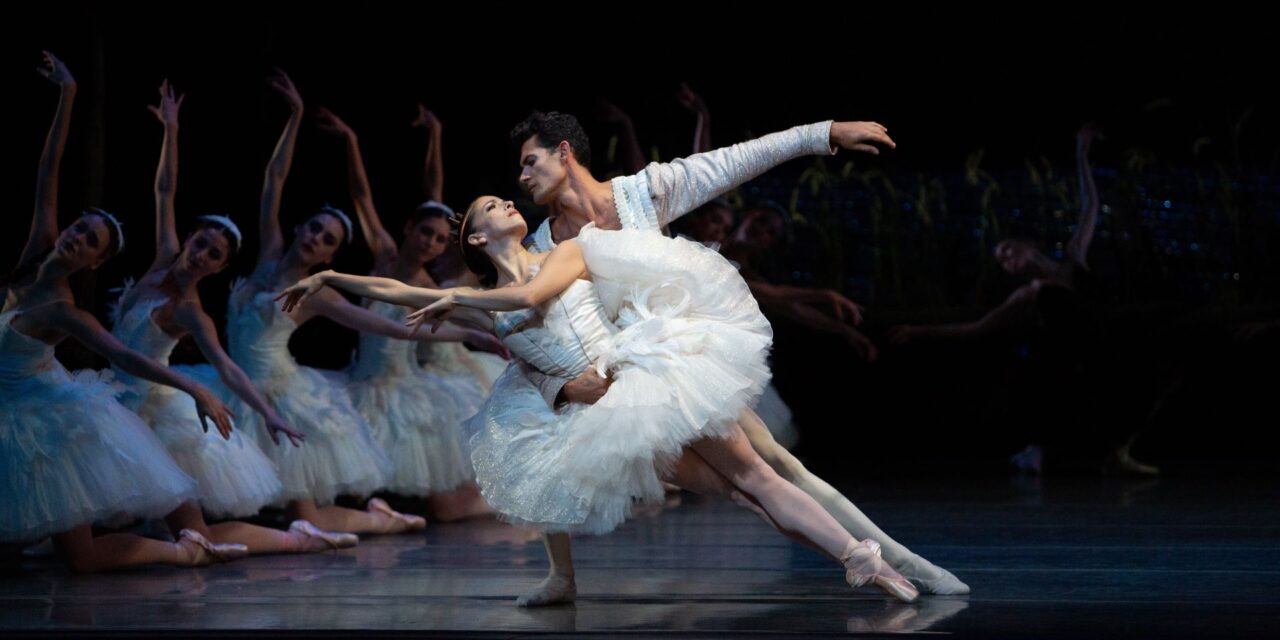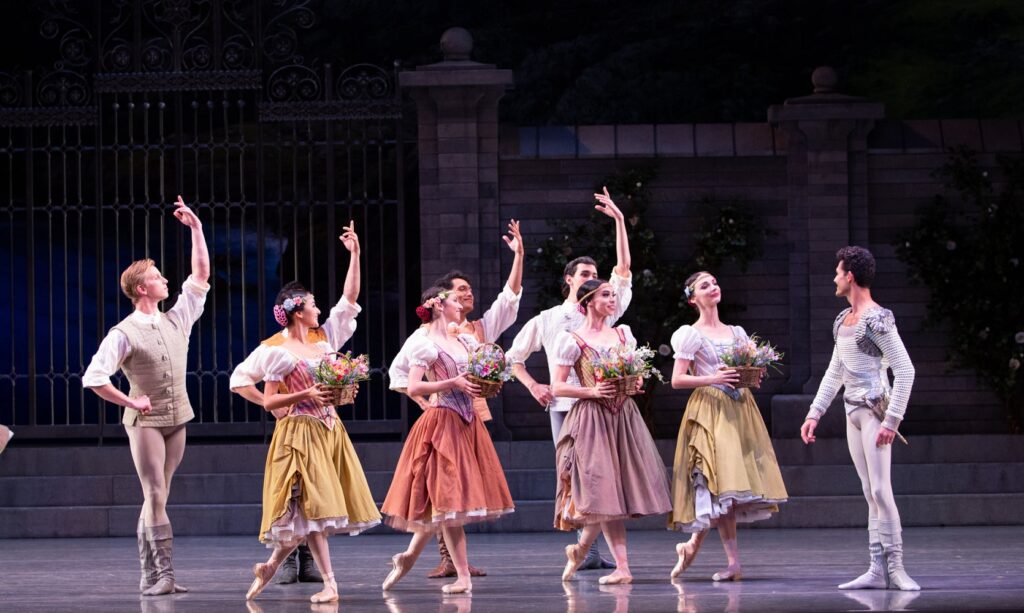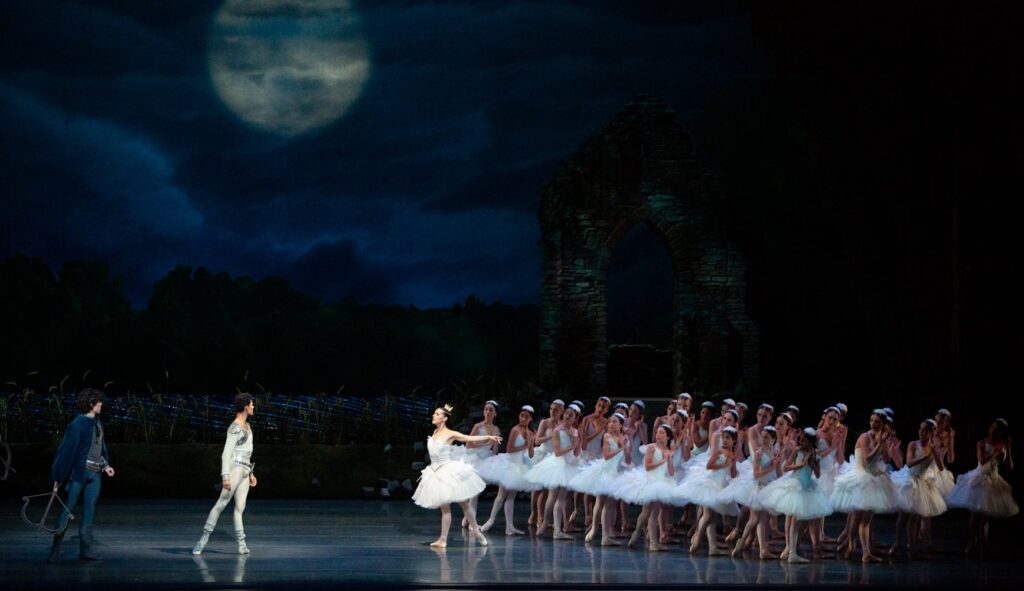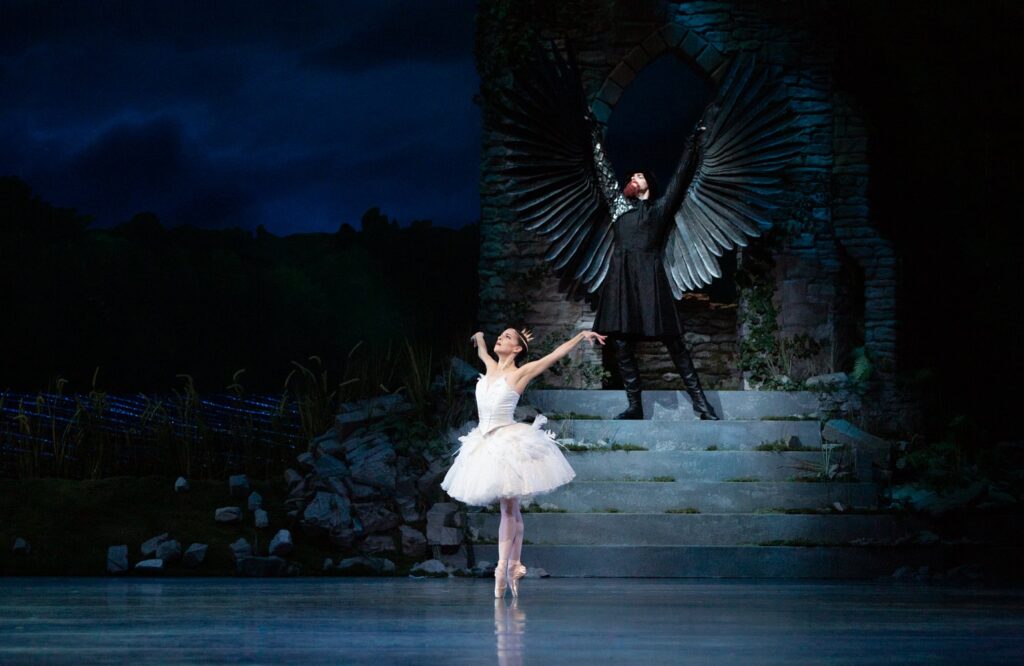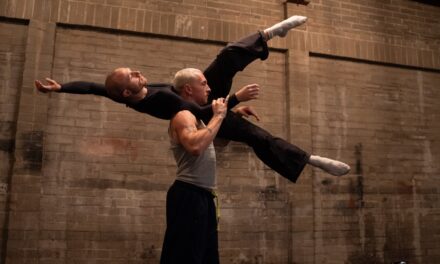The Segerstrom Center for the Performing Arts in Costa Mesa, California, is set to present the Miami City Ballet’s 2025 rendition of Alexei Ratmansky’s “Swan Lake.” MCB is the only American organization to introduce this interpretation in the United States, marking its third staging of the ballet. Previously, MCB’s North American premiere in 2022 earned enthusiastic praise from The New York Times. The renowned former Artistic Director Lourdes Lopez, who has led the Miami City Ballet for thirteen years, selected Ratmansky’s version. Under her leadership, the company has thrived in expanding its diverse classical repertoire. In my interview with Ms. Lopez, we explored how this interpretation of Swan Lake aims to transport audiences to the creative roots of this ballet and how the Miami City Ballet acquired it.
Lourdes Lopez dreamed of being a dancer and ultimately achieved the rank of principal dancer with the New York City Ballet. Even after retiring from her dance career, she continued to seek involvement in the performing arts. She expresses, “I have always loved being in the environment, being around dance, being around dancers and artists that contribute to the art form.” Lopez then collaborated with various organizations, including her role as the Executive Director of the George Balanchine Trust, which equipped her with a multitude of skills that collectively prepared her for her position as Artistic Director of the Miami City Ballet. During her tenure at the Miami City Ballet, a company traditionally focused on George Balanchine’s works and founded by Edward Villella, she felt inspired to take a significant step: include a classical collection in the company’s repertoire. Lopez drew inspiration from her summers in New York, where she attended performances by the American Ballet Theatre and, throughout her student years, watched full-length ballets. Lopez explains, “All bigger professional ballet companies include a classical repertoire for audiences. However, Swan Lake is one of the biggest. It is an undertaking that major companies construct. It took all of us at Miami City Ballet, the board, donors, and new hires about six years to strategically bring it on board.” She continues, “It requires a lot of dancers within three to four acts. We knew we wanted a Swan Lake, but when I saw Alexei’s recreation on Zurich Ballet’s trailer around 2016, it brought me to tears!”
The foundation of Swan Lake was established by the Imperial Bolshoi Theatre in 1877 in Moscow. It was choreographed by Julius Reisinger, who commissioned the score from the then-newcomer Pyotr Ilyich Tchaikovsky. Swan Lake later premiered again in 1895 at the Russian Imperial Mariinsky Theatre in St. Petersburg, featuring additions and revisions to the choreography made by Marius Petipa and Lev Ivanov, while composer Riccardo Drigo contributed further modifications to the score. Since then, most ballet companies have based their productions on the segments and music from the Mariinsky Ballet. Swan Lake has changed since its inception, with alterations in costumes, choreography, background stage sets, and concepts, evolving with an avant-garde approach that incorporates lifted tutus, set changes, diverse choreographic movements, and altered endings. The Swan Lake of today looks significantly different from its original form.
Instead of modernizing “Swan Lake” again, choreographer Alexei Ratmansky, using Petipa and Ivanov’s choreographic and musical notations, chose to recreate and choreograph his version as closely as possible to the original full-length ballet. Ballet Master Petipa, born and raised in France, is credited with evolving classical ballet in the late 19th century at the Russian Imperial Ballet, refining the style and technique for romantic ballets. Every classical ballet should feature its unique style, alignment, and placement of the upper body. However, the technical prowess of today’s dancers has evolved toward a refined approach to footwork, largely due to George Balanchine. Lourdes Lopez reveals, “Alexei is very similar, a lot closer than you think, to the Balanchine aesthetic. In the sense that he pushes the dancers and the actual steps, the geometry, attack, syncopation, speed, and changing of directions are all present. There is a beauty in the pointe work. Then, he gets involved in the different placements of the body.”
In describing this Swan Lake, Lourdes Lopez proclaims, “Everything in this production was made from scratch, the costumes, the scenery, and the props. The beauty of this version lies in the fact that Odette is transformed into a swan, but at night, she reverts to her original female form. The prince falls in love with a woman, not a bird. It’s heart-wrenching because she is a woman, not an actual bird.” Over the years, most Swan Lake narratives have been adapted to depict Odette as a swan when Prince Siegfried falls in love. The Petipa and Ivanov depiction is that the swan turns back into a maiden, and it also has faster tempos, which Ratmansky has preserved from this foundational storyline. In many contemporary versions of Swan Lake, much of the pantomime has been minimized; perhaps this has become a lost art form? Lopez explains, “Alexei kept all of the initial pantomime in and spent hours working on this with the dancers. A dialogue of story between the dancers, it’s extraordinary to watch.”
Swan Lake is the epitome of classical ballet. Whether it’s a dancer’s first time performing this beloved ballet or they have experienced numerous versions, it’s always a challenge to master. Whether it’s an audience member’s first time seeing this masterpiece or if you are a seasoned spectator, it’s always a memorable occasion filled with beauty, agility, and grace. The Segerstrom Center for the Arts presents choreographer Alexei Ratmansky’s Nutcracker every year, performed by the American Ballet Theatre, and now this same choreographer will debut his Swan Lake, danced by the Miami City Ballet. This production is the closest you will ever get to experiencing the inception of Swan Lake, serving as a time capsule that takes you back to 1895. It is a momentous occasion that you shouldn’t miss.
Miami City Ballet performs Alexei Ratmansky’s Swan Lake June 20, 2025 – June 22, 2025. For more information and to purchase tickets, please visit the Segerstrom Center website.
For more information on the Miami City Ballet, please visit their website.
Written by Alice Alyse for LA Dance Chronicle.
Featured Image: Miami City Ballet – Swan Lake – Photo by Alexander Izilaev.

